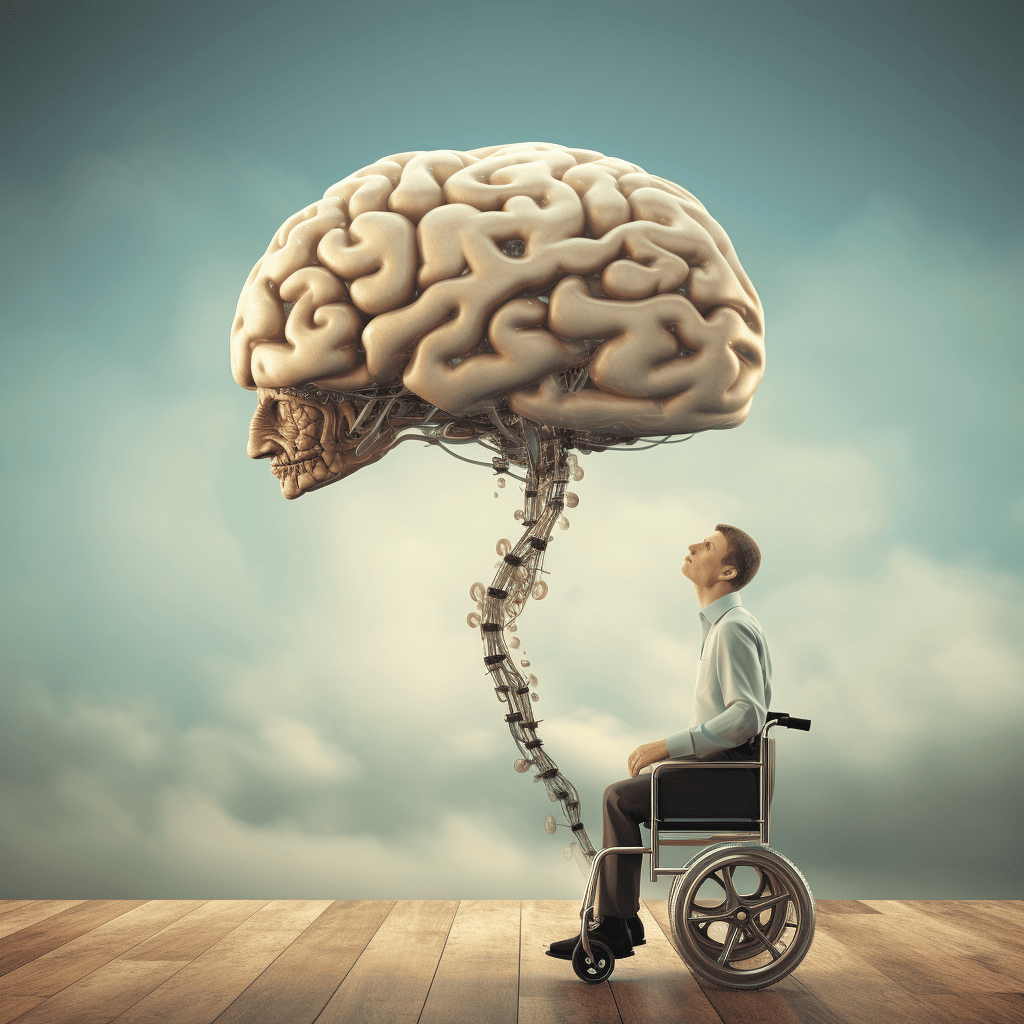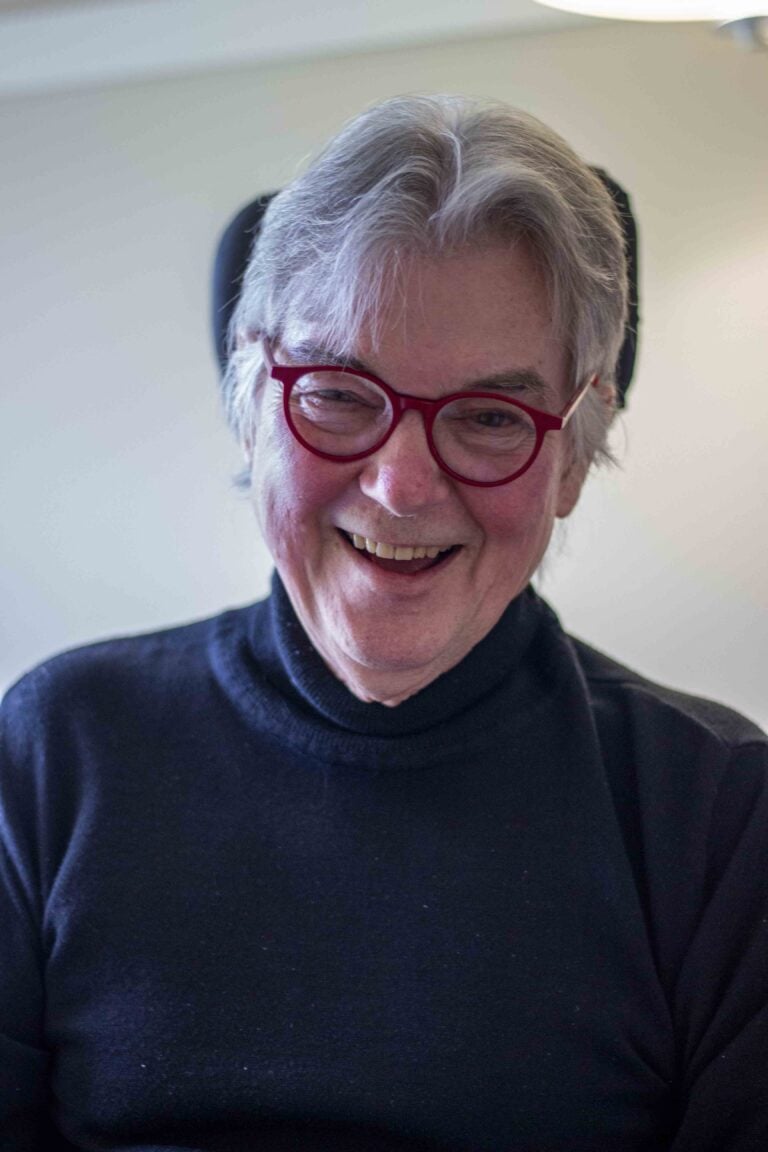The three most important evolutionary changes on the way to modern humans were bipedalism, repurposing the forelimbs and especially the hands for fashioning and using tools, and a brain capable of symbolic thinking, language and handling the increasingly complex social networks of larger groups.
By three million years ago, bipedalism had become sufficiently stable, fluid and established as the default way to get around for several species of small-brained apes – the australopiths, the best-known of which is Lucy, a female member of the species variant, australopithecus afarensis.
In modern times, trauma or degenerative disease that affect the spinal cord in the neck are common causes of weakness and impaired co-ordination in the legs. It can necessitate use of a cane, a walker or, in the most severe cases, a wheelchair to get around safely.
Several years ago, a group based at the Swiss Federal Institute of Technology and led by Gregoire Courtine, took up the challenge of trying to restore walking to those who had lost it. One example of this was a man who lost the ability to walk following trauma to his spinal cord in the neck.
In the case of lesions in the cervical cord, the neural machinery required for co-ordinated movement of the legs is intact.
What’s missing, and therefore the cause of the weakness and poor co-ordination in the legs, is transmission failure or loss of too many connections between the two regions.
For example, in many such cases, the natural signals from the motor areas of the brain may not be entirely lost but too weak to activate the pools of motor neurons in the lumbosacral cord that are responsible for activating of the muscles in the pelvis and legs in a co-ordinated way necessary for walking.
The initial Swiss solution was to stimulate the lumbosacral spinal cord through a surgically implanted multielectrode array to provide a boost for activating the natural but weak pattern of activation necessary for walking.
It worked. The man was able to walk again after an intensive period of rehabilitative training.
However, this approach was far from perfect, because the natural signals from the brain, which normally would initiate or stop walking, were too weak to restore the patient’s own natural rhythm and timing for walking.
Normally, intentional movements such as walking are preceded by the activation of neurons in the trunk and leg regions following which, a tenth of a second or so later, the related motor neurons in the lumbosacral spinal cord on both sides are activated to produce the co-ordinated movements of both legs required for walking.
To restore the patient’s own natural rhythm and timing to his walking the Swiss investigators took the next logical step – to record and harness the signals generated in the leg areas of both cerebral hemispheres and use them to fine-tune the timing and pattern of the electrical stimuli provided to the lumbosacral cord.
The regions of the cortex controlling the legs were mapped first after which titanium plugs containing the required recording electrodes were inserted into holes cut in the skull to provide stable recordings from the surface of the brain in the primary motor areas for both legs.
The pattern of the cortical activity was matched to different stages in the walking cycle and could then be used to program the pattern with which the lumbosacral spinal cord was stimulated.
It not only worked well but he was capable of walking on uneven ground. It was a great idea and much better than the cruder lumbosacral stimulator alone.
It all sounds very complicated – and it was. But for the first time, useful walking was restored to someone who had lost it many years before.
The importance of this work is that similar efforts are being made by employing computer-human hybrid systems to restore speech, useful movement to the arms and hands and even improve memory.
So far, the devices are very expensive and require a lot of technical and medical support but also, as in this case, point the way forward for managing many physical and possibly cognitive disabilities.
Dr. William Brown is a professor of neurology at McMaster University and co-founder of the InfoHealth series at the Niagara-on-the-Lake Public Library.








